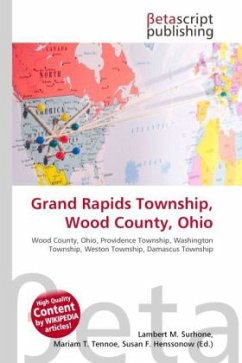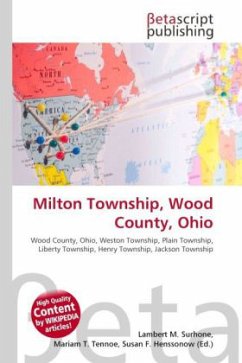The 21st century has brought new challenges for forest management at a time when globalization in world trade is increasing and global climate change is becoming increasingly apparent. The challenging question is how can the global demands for forest commodities be satisfied in an increasingly globalised economy, and where could they potentially be produced? For this purpose, wood demand estimates need to be integrated in a framework, which is able to adequately handle competition for land between major land-use options. Accordingly, the following neuralgic points for research have been identified: (1) a review of existing global-scale economic forest sector models (2) simulation of global wood production under selected scenarios (3) simulation of global vegetation carbon yields and (4) the implementation of a land-use allocation procedure to simulate the impact of wood extraction on forest land-cover. The entire methodology is applied in an exemplary scenario analysis for India.
Bitte wählen Sie Ihr Anliegen aus.
Rechnungen
Retourenschein anfordern
Bestellstatus
Storno








